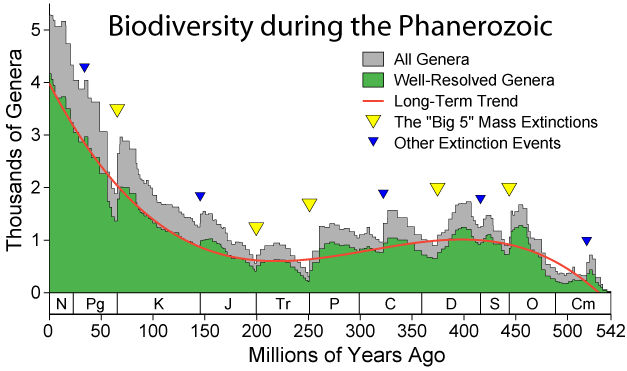Template:Article of the week
Biodiversity informatics is the application of informatics techniques to biodiversity information for improved management, presentation, discovery, exploration, and analysis. It typically builds on a foundation of taxonomic, biogeographic, and synecologic information stored in digital form, which, with the application of modern computer techniques, can yield new ways to view and analyze existing information, as well as predictive models for information that does not yet exist. Biodiversity informatics has also been described by others as "the creation, integration, analysis, and understanding of information regarding biological diversity" and a field of science "that brings information science and technologies to bear on the data and information generated by the study of organisms, their genes, and their interactions."
According to correspondence reproduced by Walter Berendsohn, the term "biodiversity informatics" was coined by John Whiting in 1992 to cover the activities of an entity known as the Canadian Biodiversity Informatics Consortium (CBIC), a group involved with fusing basic biodiversity information with environmental economics and geospatial information. Subsequently it appears to have lost at least some connection with the geospatial world, becoming more closely associated with the computerized management of biodiversity information. (Full article...)
Recently featured: American Society of Crime Laboratory Directors/Laboratory Accreditation Board, Environmental informatics, Application programming interface










